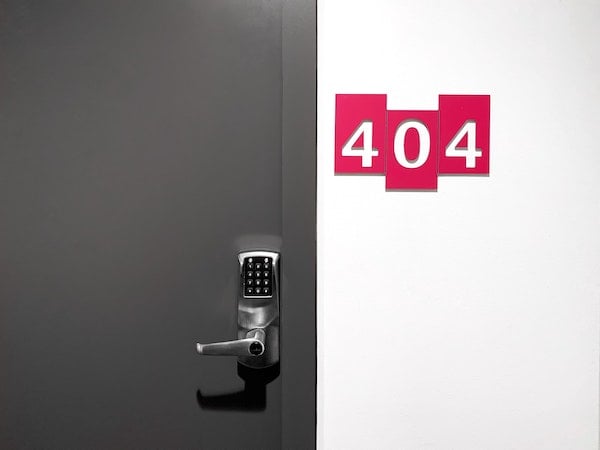Published on
Higher Education and Innovation: Strategic Partners or Strange Bedfellows?

In May of 2017, I was asked to participate in an innovation task force. This group was intended to become a hothouse for ideas that would drive the institution forward. The approach to the project was to find the twelve biggest troublemakers, put them all in one room, hoping a cauldron of lively debate would tease out something new and fun. In framing the task force, the chair greeted us at our first meeting with the direction; “If all we do as a result of this task force is create a Center for Innovation, we will have failed.”
Twelve months later, the innovation task force produced its first tangible outcome: a Center for Innovation.
It wasn’t failure at all, the Center for Innovation (and Entrepreneurship) has trodden a deliberate path of embracing new conversations around campus in the innovation space. Their thinking is informing decision-making on campus about the use of space, the value (and risks) of failure, and the importance of iteration. It’s been a pleasant and important addition, but is it innovation?
The question bounced around in my mind with no resolution. In hopes of investigating further, I asked for an institutional nomination to Cohort 6 of the Academy for Innovative Higher Education Leadership, sponsored by both Georgetown University and Arizona State University. If anyone knew, it would surely be them. Once accepted, I was delighted and eager to be an innovator in a den of innovators.
Now, if innovation is about making things better, the fit between innovation and higher education seems perfect. Education, after all, is about elevating the human condition — discovering the cosmos and developing our human potential. The scientific method has been an important component of higher education for centuries and is used extensively within the academy to make lofty societal contributions. So, in whatever flavor science is applied (design thinking/wicked problems), if the pathway to innovation flows through the temple of science, it’s difficult to find a conflict. It’s a process that Emily J. Devine from UNC Greensboro and Matthew Rascoff from Duke’s Digital Education and Innovation Office refer to in their article “Academic Innovation: The Obligation to Evolve”, as a form of incrementalism, a process baked into higher education’s DNA.
The word innovation was never used once during while earning Bachelor of Science degree. I learned about innovation in business school. It was kismet that I completed my MBA around the same time the late Clayton Christensen wrote the Innovator’s Dilemma. I was taught that innovation is not equivalent to improvement. In fact, whether an innovator makes things better or worse is irrelevant. It’s about capturing new value. For example, a musician discovering a new chord is a wonderful improvement but is not an innovation. American Idol is a true innovation — bad music and cheesy arrangements but aligned with a market interest that creates an entirely new genre, including endless spinoffs.
Now I’m sure Devine and Rascoff are correct, in that the definition that we should be focused on for innovation in higher education must be closer to the scientific process, rather than the Ryan Seacrest version. But if that’s the case, then why the task force? Why the urgency? Why Cohort 6?
The innovation we have been grappling with lately in higher education—bootcamps, digital badges, stackable credentials—sure has an American Idol feel to it, doesn’t it? And come to think of it, haven’t some of those American Idol contestants developed into talented and accomplished performers?
Maybe it’s telling us that as higher education leaders, we must be comfortable with both definitions of innovation. I believe too often we’ve been eschewing one model for the other and fighting with incredulity when in fact, both approaches have value. One is linear and scientific whereas the other is disruptive and systemic. But is that possible? Can we take individuals from the academy who have been classically trained and expect them to break windows in the hope that the glass will reform into something artistic or useful? Or can we take the disruptors and train them to scour bathwater for valuables, measuring ten times before cutting once?
Before Cohort 6 and the innovation task force, my sense is that an innovation amalgam was possible. The idea that disruptive innovation and the scientific method could co-exist, like walking and chewing gum. But one year out, my thinking has changed.
Disruptive innovation doesn’t have a place within higher education. Leaders within higher education institutions should continue their journey as incrementalists, embracing design thinking and steady progress.
It doesn’t mean that higher education won’t change. Like all social institutions, there are pressures and expiry dates. One could argue that higher education has earned the right to use its existing paradigms to change on its own terms. Disrupters should leave higher education alone and concentrate on developing new social institutions in parallel; institutions that are “inferior” in their product but wider in their reach, spaces that are intergenerational and incorporate learning, wellness, entertainment and promote access and community development.
Down the road, will these institutions replace higher education, as Netflix has absorbed the entire film industry? Who knows? Perhaps one model will inform the other and both will be uplifted. But for now, lessen the task forces.
Author Perspective: Administrator



